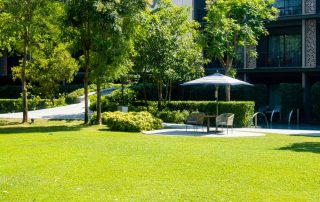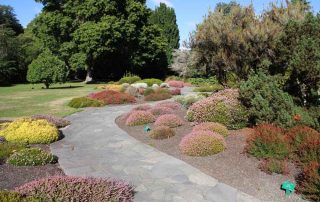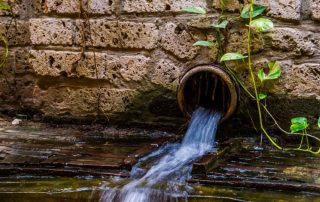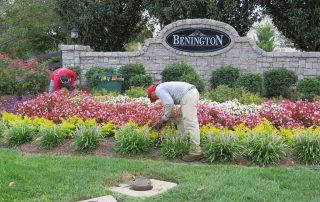Transforming Institutional Landscapes into Sustainable Havens
Pugh's Earthworks Creating and maintaining beautiful, eco-friendly landscapes for institutions like schools, universities, and hospitals is more than just an aesthetic choice. It is a commitment to sustainability, community well-being, and overall environmental stewardship. In this blog post, we explore how Commercial Landscaping for Institutions can elevate these spaces, providing practical tips and strategies for sustainable grounds management that benefit everyone involved. Why Commercial Landscaping for Institutions Matters Commercial landscaping for institutions is vital to creating welcoming, functional environments that support the well-being of students, staff, and visitors. Whether it is the calming greens of a hospital garden, the vibrant grounds of a university campus, or the inviting play areas of a school, the right landscaping can transform these spaces into thriving havens. The Benefits of Institutional Landscaping Enhancing Aesthetic Appeal - A visually appealing landscape can significantly uplift the atmosphere of an institution. Beautifully maintained grounds create a positive first impression, making schools, universities, and hospitals more inviting and inspiring. Promoting Health and Well-being - Green spaces are known to reduce stress and promote mental well-being. For hospitals, this means faster recovery rates and a more pleasant environment for patients and staff. Schools and universities benefit from outdoor areas that encourage relaxation and physical activity, enhancing overall well-being. Boosting Environmental Sustainability - Eco-friendly landscaping practices, such as using native plants and water-efficient irrigation systems, contribute to environmental conservation. Sustainable grounds management reduces the carbon footprint and promotes biodiversity, aligning with the growing emphasis on green initiatives. Key Elements of Effective Institutional Landscaping Choosing the Right Plants - Selecting the appropriate plants is crucial for successful institutional landscaping. Native plants are often the best choice as they require less water, are easier to maintain, and support local wildlife. Additionally, incorporating a mix of perennials and annuals ensures year-round beauty and interest. Implementing Water-Efficient Practices - Water conservation is a critical aspect of sustainable landscaping. Drip irrigation systems, rainwater harvesting, and drought-tolerant plants are effective strategies to reduce water usage while maintaining lush, healthy grounds. Enhancing Soil Health - Healthy soil is the foundation of any thriving landscape. Regular soil testing, organic fertilizers, and composting help maintain nutrient-rich soil, promoting robust plant growth and reducing the need for chemical treatments. Creating Safe and Accessible Spaces - Ensuring Accessibility Institutions must prioritize accessibility in their landscaping designs. This includes creating pathways that are wheelchair-friendly, providing adequate lighting, and ensuring that all areas are easily navigable for individuals with disabilities. Incorporating Safety Features - Safety is paramount in institutional landscaping. This involves selecting non-toxic plants, maintaining clear sightlines for security, and installing features like non-slip surfaces and shaded areas to protect against harsh weather conditions. Providing Comfortable Seating Areas - Comfortable seating areas encourage people to spend time outdoors. Benches, picnic tables, and shaded spots create inviting spaces for relaxation, socialization, and outdoor learning. Leveraging Technology in Commercial Landscaping for Institutions Smart Irrigation Systems - Smart irrigation systems use weather data and soil moisture levels to optimize watering schedules. This not only conserves water but also ensures that plants receive the right [...]










